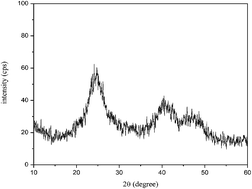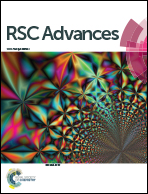Synthesis and optimization of CdTe quantum dots with the help of erythorbic acid and ethanol
Abstract
The effects of erythorbic acid (EA) and ethanol on the aqueous formation of cadmium telluride (CdTe) quantum dots (QDs) were explored in this work. Without N2 protection, CdTe QDs were synthesized with cadmium chloride and sodium hydrogen telluride as the Cd source and Te source, respectively, together with EA and with 3-mercaptopropionic acid (MPA) as the co-passivating ligand. The experimental results indicated that the use of the oxygen scavenger, i.e., EA, was critical for the formation of the CdTe QDs with reasonably good optical properties. Including ethanol during the synthesis improved the photoluminescence intensity. To attain good optical properties, it is also important to tune experimental parameters such as pH, temperature, reaction time, molar ratio of MPA/Cd, and sodium borohydride dosage. The very reason that EA promoted formation of CdTe QDs is because of its reducibility and passivation on the QD surface. The present study suggests that the use of EA and ethanol could be a practical means to promote the photoluminescence of CdTe.


 Please wait while we load your content...
Please wait while we load your content...